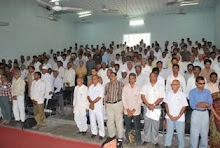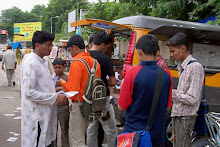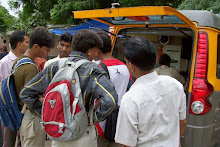DNA: Mumbai: Monday,
April 29, 2013.
A section of
the Jaitapur nuclear plant site selection committee’s report that was withheld
by the government and was recently retrieved by a local Premanand Tiwarkar
through the Right to Information Act (RTI) contradicts Nuclear Power
Corporation of India Limited’s (NPCIL) claim that the site is fit for a nuclear
plant.
In the past
there have been other studies on the region that have stated that the area is
prone to earthquakes and tsunamis. However, some pages of the September 2002
‘Report no 3 Assessment of sites for locating nuclear plants’, which was kept
confidential by Centre’s Department of Atomic Energy (DAE), is the first report
made public by the government that states the site is unsafe for a nuclear
plant.
The NPCIL had
earlier assured locals that the 90-ft high plateau would be adequate to protect
the plant in event of a tsunami but the DAE report contradicts NPCIL’s claim.
The DAE states that the plateau is made of laterites which is derived from
basaltic rock that make the site dangerous.
The report
also states, “The seacoast at the Jaitapur site is prone to erosion by breaker
(waves) as evidenced by the large number of boulders strewn below the cliff.”
Activists
opposed to the nuclear site also say that DAE had initially stated that the
construction of the plant would not require excavation. However, they have
recently informed the locals that 20 to 30 metres of the lateritic cover and
the underlying weathered zone would have to be excavated. This would make the
plant susceptible to tsunamis. A 1972 study by the Site Selection Committee of
the DAE also stated, “Tectonic features in the region can be regarded as
potential sources of earthquakes as some of them may get reactivated at any
point....”














































































